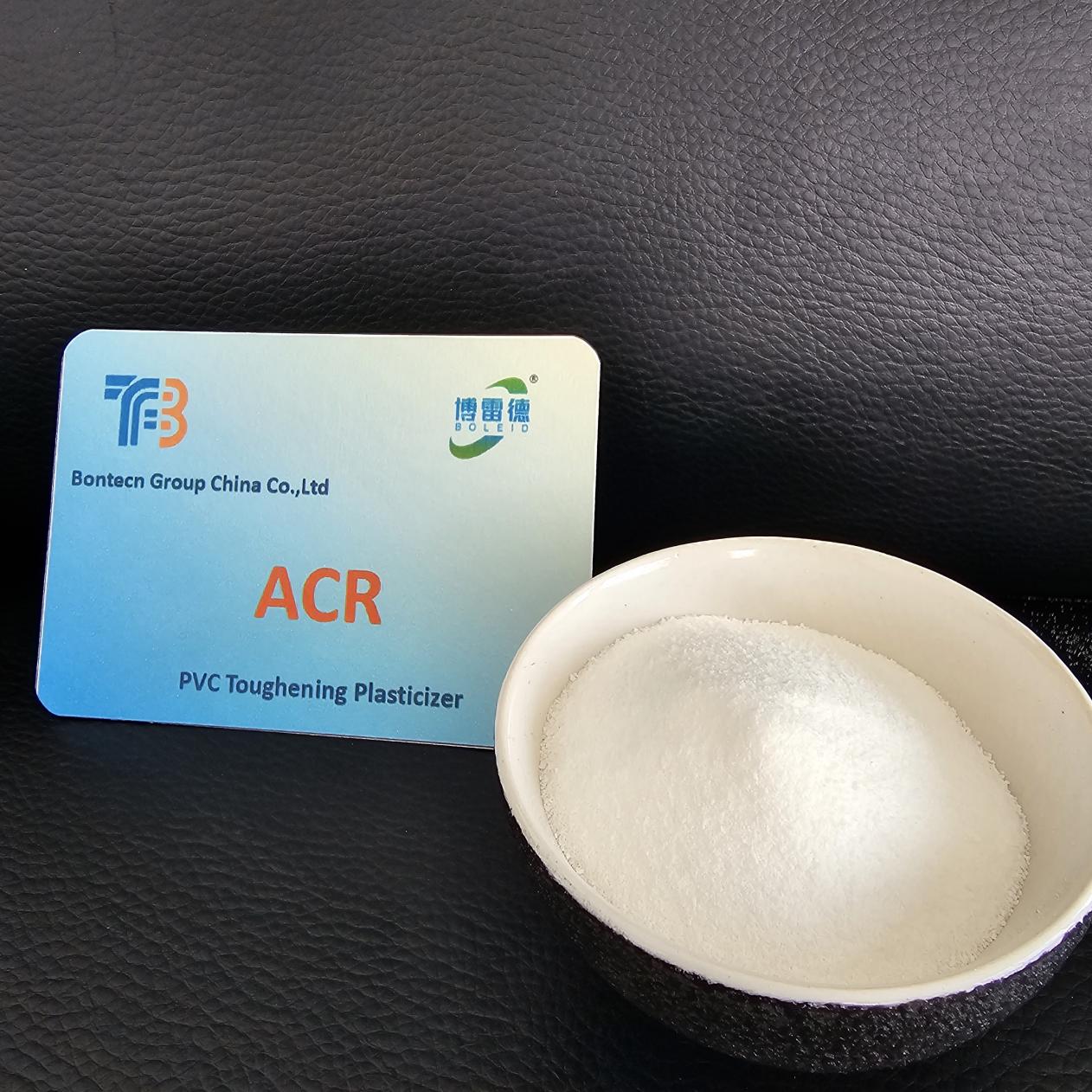One reason is that the local strength of the melt itself is too low, causing bubbles to form from the outside in;
The second reason is that due to the lower pressure around the melt, local bubbles expand and their strength weakens, forming bubbles from the inside out. In production practice, there is almost no difference between the two functions, and it is possible that they exist simultaneously. Most of the bubbles are caused by the uneven expansion of local bubbles, resulting in a decrease in melt strength.
In summary, the generation of bubbles in foamed plastic sheets mainly involves the following aspects:
The production of PVC foam board generally adopts three different PVC foam regulators: heating type, endothermic type, or endothermic and exothermic composite equilibrium type. The decomposition temperature of PVC foaming regulator is high, reaching 232 ℃, far exceeding the processing temperature of PVC. When using it, the decomposition temperature needs to be lowered. Therefore, when regulating the foaming of PVC materials, PVC foaming regulators are generally selected. This type of foaming regulator has a high foaming rate, about 190-260ml/g, fast decomposition speed, and great heat release. However, the foaming time is short and the suddenness is also strong. Therefore, when the dosage of PVC foaming agent is too high and the gas generation is too large, it will cause the pressure inside the bubble to increase rapidly, the size of the bubble to grow too large, and the gas will be rapidly released, causing damage to the bubble structure, uneven distribution of bubble size, and even the formation of an open cell structure, which will generate large bubbles and voids locally. When producing foamed plastic products, exothermic PVC foaming regulators should not be used alone, but should be used in conjunction with endothermic foaming agents or in combination with heat and exothermic balanced composite chemical foaming agents. Inorganic foaming agent - sodium bicarbonate (NaHCO3) is an endothermic foaming agent. Although the foaming rate is low, the foaming time is long. When mixed with PVC foaming regulators, it can play a complementary and balanced role. The exothermic PVC foaming agent improves the gas generation ability of the endothermic foaming agent, while the endothermic PVC foaming regulator cools the former, stabilizes its decomposition, and balances the release of gas, inhibiting the internal overheating degradation of thick plates, reducing the precipitation of residues, and having a whitening effect.
On the premise of not affecting the foaming rate, it is appropriate to add more endothermic PVC foaming regulators to replace some exothermic foaming agents, in order to suppress the burst caused by adding more exothermic foaming agents.
Post time: May-13-2024





